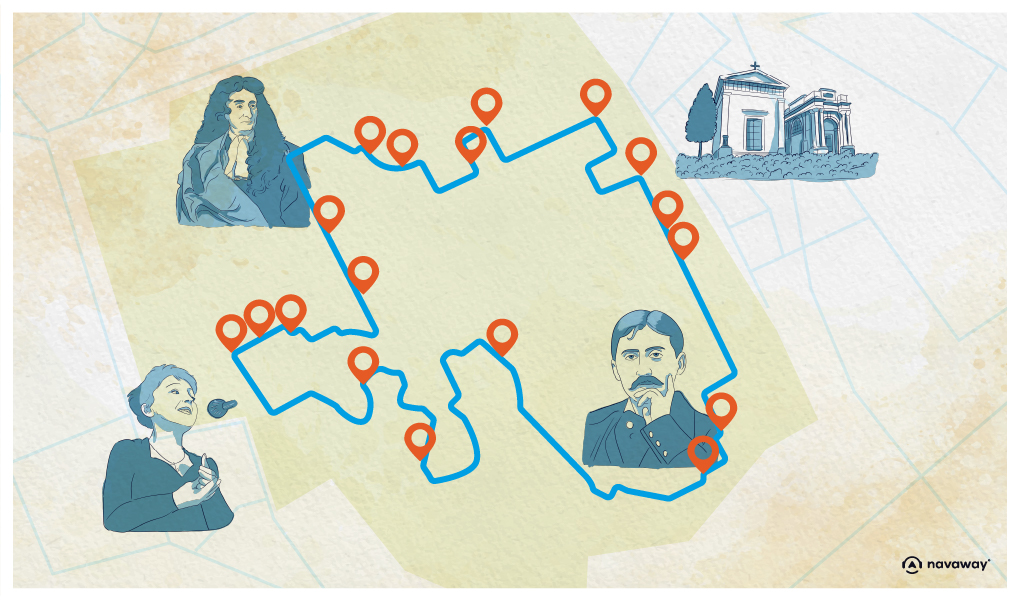
Père-Lachaise Crematorium
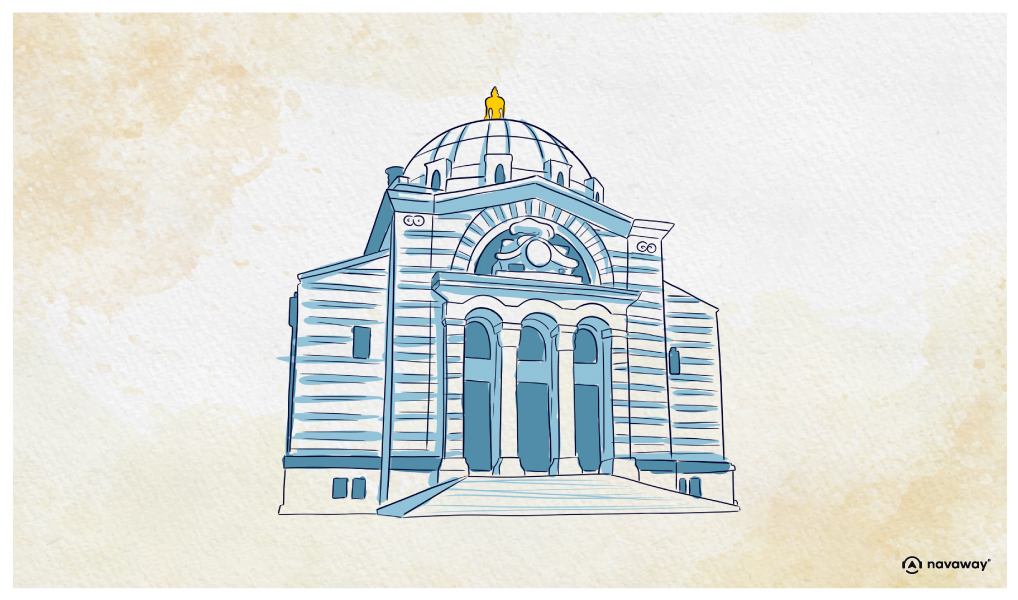
This point of interest is available as audio on the tour: Visit Paris, Père Lachaise : The Cemetery of the East
Here lie countless figures that have shaped France and are remembered by history. Welcome to Père-Lachaise, nestled in the heart of Paris’s 20th arrondissement. Its crematorium handles nearly 6,500 cremations each year. Cremation has been a legal practice in France since 1887, and this cemetery gives the deceased a dignified farewell, reflecting the lives they led. Contrary to popular belief, Père-Lachaise was not a person. It’s believed the cemetery was named after a Jesuit priest, François de La Chaise, confessor to King Louis XIV. Families come here to reflect and remember. The crematorium upholds four fundamental principles that define its identity and emphasise the human aspect while respecting everyone’s personal, religious, philosophical, or secular beliefs. This is one of the biggest and most complex places in Paris, spanning four separate ceremonial rooms, each serving its own purpose. First up, the most well-known, the Salle de la Coupole. It can accommodate nearly 200 people and ceremonies there include an organist. Its striking neo-Byzantine architecture sets it apart from the others, leaving every visitor in awe. This style, widely used in the 19th century, especially in Russia, is characterised by majestic grand domes, vaulted ceilings and numerous arcades. This architectural gem is a must-see in the stunning French capital. Next is the Mauméjan Room, a large, bright space that offers a more private tribute to the deceased. Family and friends can share heartfelt speeches in this room, while projecting photos and videos in memory of their loved one. The Bigot and Formigé Rooms are much smaller, and can accommodate around forty people. These are quiet and peaceful places of remembrance. Finally, you have the Brongniart Room, used after the ceremonies are finished. This room is reserved for families, and is where the urn is respectfully handed over. This place was built at the end of the 19th century, when cremation was becoming increasingly common in France. Inaugurated in 1889, it was the first crematorium in the country. During this era, burials were the standard. Only 49 cremations took place in its first year. Still, this marked the beginning of a new funerary tradition in France. Architect Jean-Camille Formigé designed this magnificent building, and in 1995, it was officially listed as a Historic Monument. Today, it carries out more cremations than anywhere else in France.

Discover other tours to visit Paris

Discover Paris with app
An interactive guide through the most beautiful streets, squares, and districts
22 fun audioguides full of historical facts, anecdotes, and legends
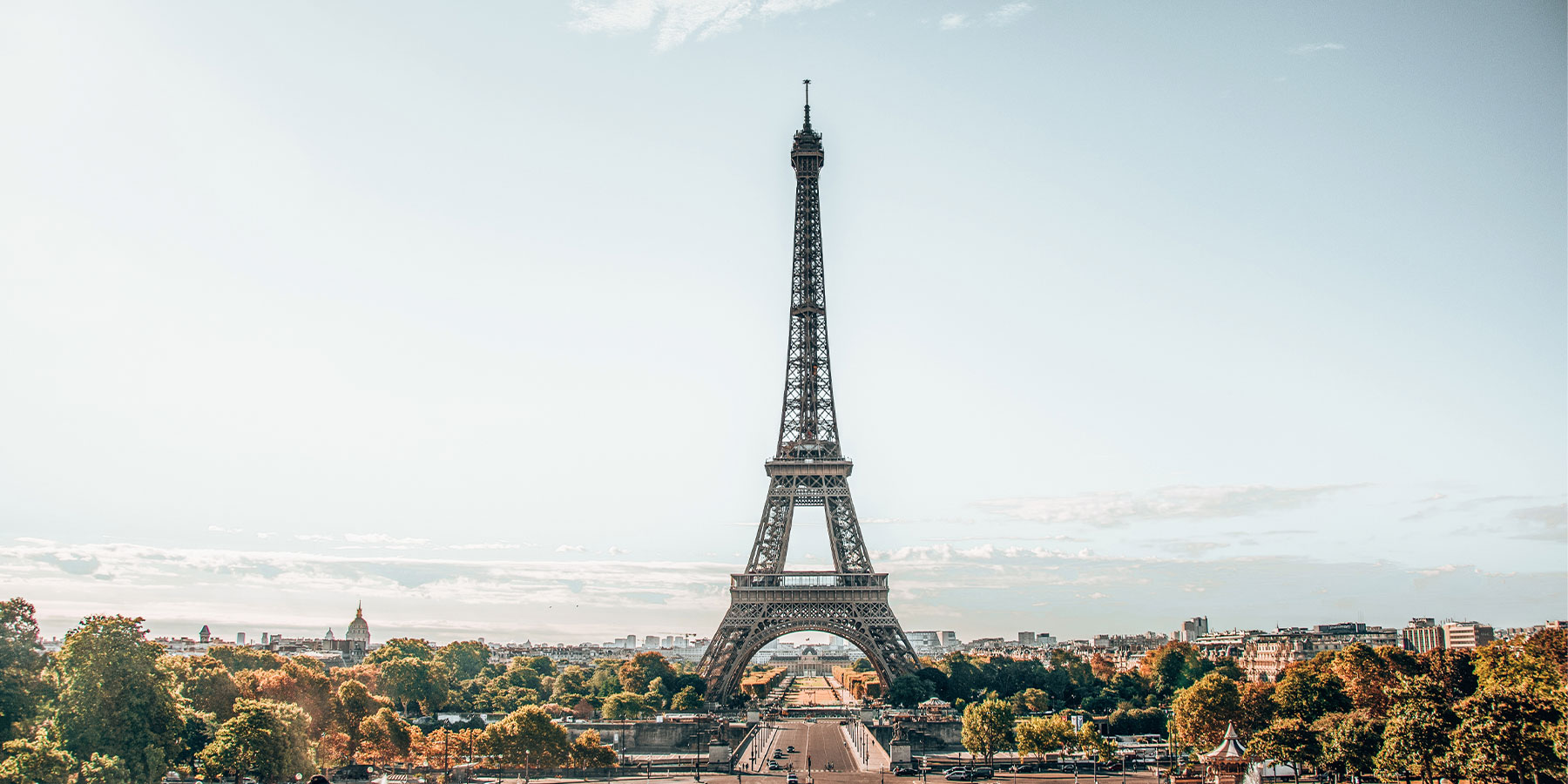

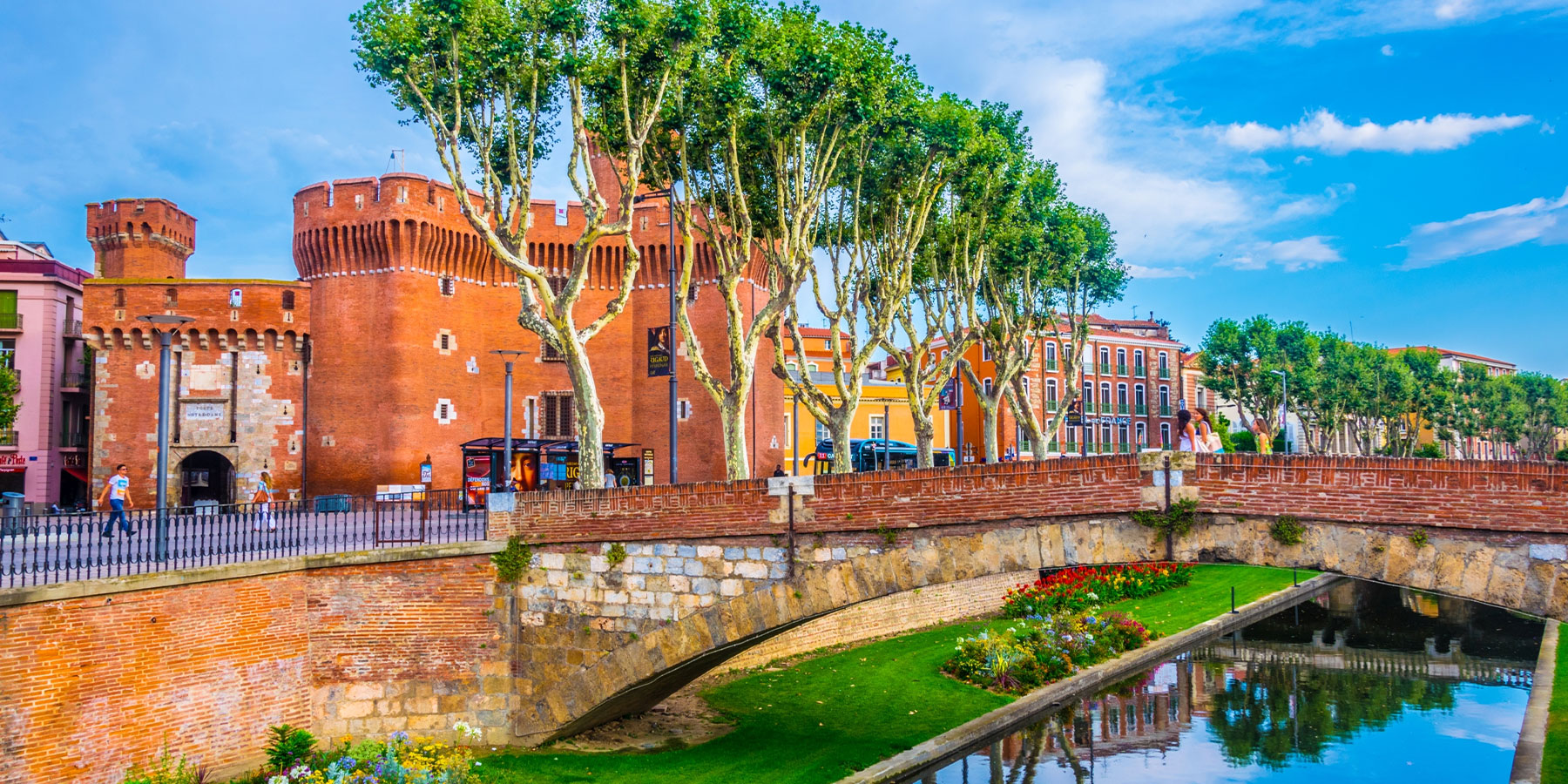
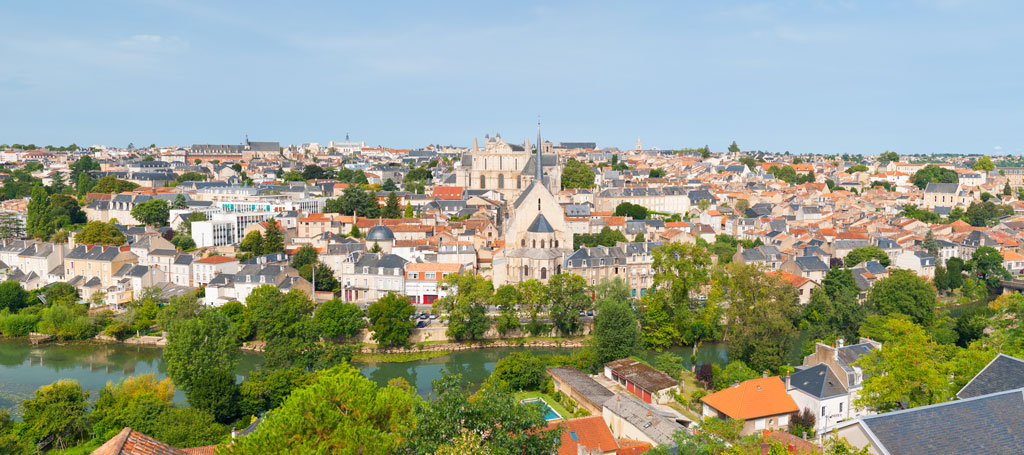


Comments